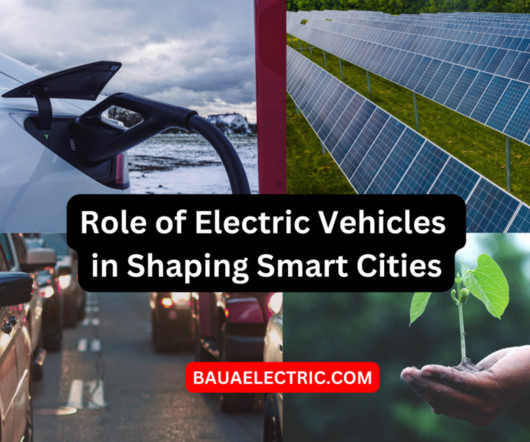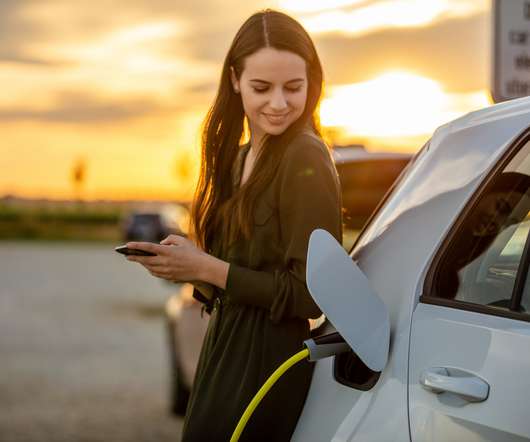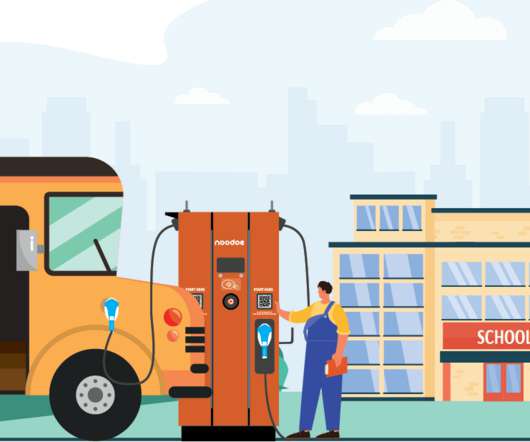Factor in V2G Revenue When Planning Fleet Electrification
Driivz
OCTOBER 8, 2023
The drive to fleet electrification includes all classifications of vehicles, from passenger EVs and light commercial vehicles to municipal and school buses to medium- and heavy-duty trucks. EVs of all classes offer fleet owners significant advantages over internal combustion engine (ICE) vehicles.












Let's personalize your content